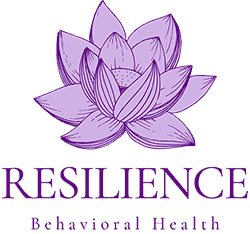Drug addiction is a complex issue that affects individuals across various genders. However, examining drug addiction through a gender-specific lens can provide valuable insights into the unique challenges and factors influencing substance abuse. This article explores the differences in drug addiction patterns between males and females, focusing on specific substances and underlying factors.
Gender Differences in Substance Use
-
- Males: Higher rates of heavy drinking and alcohol-related problems.
- Females: Increased susceptibility to alcohol-related organ damage and addiction at lower consumption levels.
-
Tobacco:
- Males: Greater prevalence of smoking, especially among blue-collar workers.
- Females: Often experience higher barriers when attempting to quit smoking.
-
Prescription Drugs:
- Females: Higher rates of misuse, particularly with opioids and sedatives.
- Males: More likely to misuse prescription stimulants and anabolic steroids.
-
Illegal Drugs:
- Males: Higher rates of overall illicit drug use, including marijuana, cocaine, and hallucinogens.
- Females: Greater vulnerability to using prescription drugs non-medically and higher rates of heroin use.
Underlying Factors Contributing to Gender Specific Addiction
Social and Cultural Factors:
- Males: Cultural norms may encourage substance use as a means of displaying masculinity.
- Females: Societal pressures, including media portrayals and social expectations, can contribute to substance use as a coping mechanism.
Co-occurring Mental Health Disorders:
- Females: Higher rates of co-occurring mental health disorders like anxiety and depression, leading to self-medication.
- Males: More likely to develop substance use disorders alongside externalizing disorders such as conduct disorder or ADHD.
Trauma and Adverse Childhood Experiences (ACEs):
- Females: Increased likelihood of experiencing sexual abuse, which may contribute to drug addiction.
- Males: ACEs, such as physical abuse or neglect, can contribute to substance use as a coping mechanism.
Biological Factors:
- Females: Hormonal fluctuations during the menstrual cycle can impact drug cravings and vulnerability to addiction.
- Males: Higher levels of testosterone may contribute to increased risk-taking behaviors associated with substance abuse.
Treatment and Recovery Considerations
Gender-Specific Treatment Programs:
- Recognizing the distinct needs and experiences of males and females in addiction treatment settings.
- Providing a safe and supportive environment that addresses gender-specific issues and fosters recovery.
Trauma-Informed Care:
- Implementing trauma-informed approaches to address underlying trauma and its impact on addiction.
- Incorporating evidence-based therapies such as trauma-focused cognitive-behavioral therapy.
Addressing Co-occurring Disorders:
- Recognizing and treating co-occurring mental health disorders alongside addiction to promote comprehensive recovery.
- Incorporating integrated treatment approaches that address both addiction and mental health simultaneously.

Understanding the gender-specific patterns and factors surrounding drug addiction is essential for effective prevention, treatment, and recovery. By examining these differences, healthcare providers, policymakers, and researchers can develop targeted interventions and support systems that address the unique challenges faced by individuals of different genders. Comprehensive and gender-sensitive approaches can pave the way for successful long-term recovery and improved overall well-being for both males and females affected by drug addiction. Resilience Behavioral Health can help, call us now at 888.401.1179


